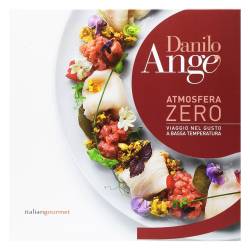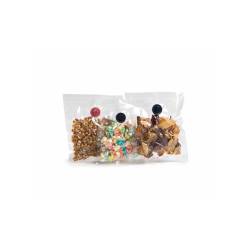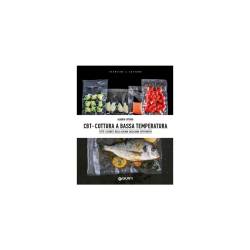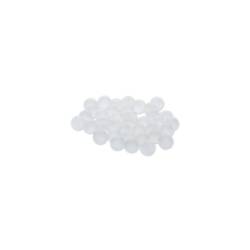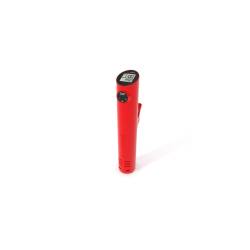The cooking method that has most fascinated chefs and cooking enthusiasts around the world in recent years is low-temperature cooking of food in a vacuum.
THE ORIGINS OF VACUUM COOKING
Vacuum cooking was officially born in 1974, in France, more specifically at the Troisgros Restaurant in Roanne, in the Loire Valley. Chef George Pralus was the first to apply vacuum cooking in the kitchen, because he was looking for a technique that would allow him to extend the shelf life of foie gras without altering its taste or appearance.
HOW VACUUM COOKING WORKS
In the kitchen, temperature is a key component in the preparation of a dish; finding and maintaining it is difficult, especially when it comes to cooking below 100°. Vacuum cooking is a low-temperature technique by which it is possible to cook food sealed inside special plastic bags. Cooking takes place specifically at temperatures between 50° and 100°.
How? The food is assembled raw, even with any sauces or condiments, in the special food bag emptied of the air inside using a professional machine, and then cooked in immersion for a time ranging from a few minutes to many hours. Once cooked, everything can be removed from the package and eaten, or stored in the freezer or refrigerator.
Increasingly in demand and sought after are support tools such as turbigomms, for testing the temperature of vacuum-packed foods without removing them from the bag, and hollow spheres, for covering the surface of water, limiting evaporation.
WHY COOKING AT LOW TEMPERATURE
Vacuum cooking is popular with chefs because it allows them to optimize working time, as it allows dishes to be cooked even many hours in advance, preserving the flavor in the vacuum for a long time.
The food, thanks to the protection of the bag, does not come into direct contact with the outside environment; thus, oxygen does not penetrate inside and food is not at risk of oxidizing. Thanks to vacuum cooking, food loses neither its natural color nor its nutritional properties. Because flavors, vitamins and minerals remain inside, foods turn out healthier, tastier and more colorful.
The technique of vacuum cooking in the kitchen makes it possible to extend the product's shelf life by up to three times; recommended in diets, it makes it possible to prepare tasty dishes without the addition of fat.
WHAT TO COOK IN A VACUUM
Soft cuts of meat remain perfect, and hard cuts of meat can only benefit from prolonged cooking at a low temperature. While cooking for many hours, the result will be super soft.
Fish, starting with salmon, also lends itself to low-temperature cooking, undergoing no browning or roasting and retaining natural flavors and aromas. Crustaceans and shellfish also tend to become leathery if cooked at high temperatures, while low temperatures ensure a tender end result.
Vegetables, in turn, are excellent when cooked in this world; especially root vegetables, such as turnips and carrots, retain flavor and keep their bright color.
Finally, fruits, ideal for this kind of cooking; especially those susceptible to oxidation such as apples and pears, bananas and pineapples.
For further study, we recommend the works Atmosphere Zero By Danilo Angè and CBT - Low Temperature Cooking By Alberto Citterio.

